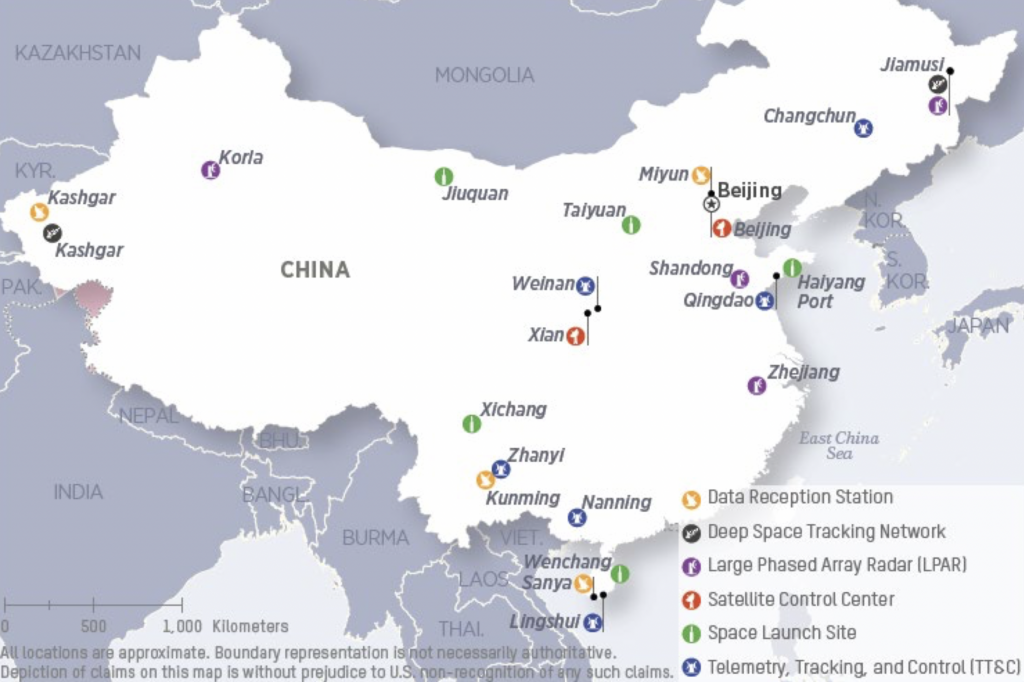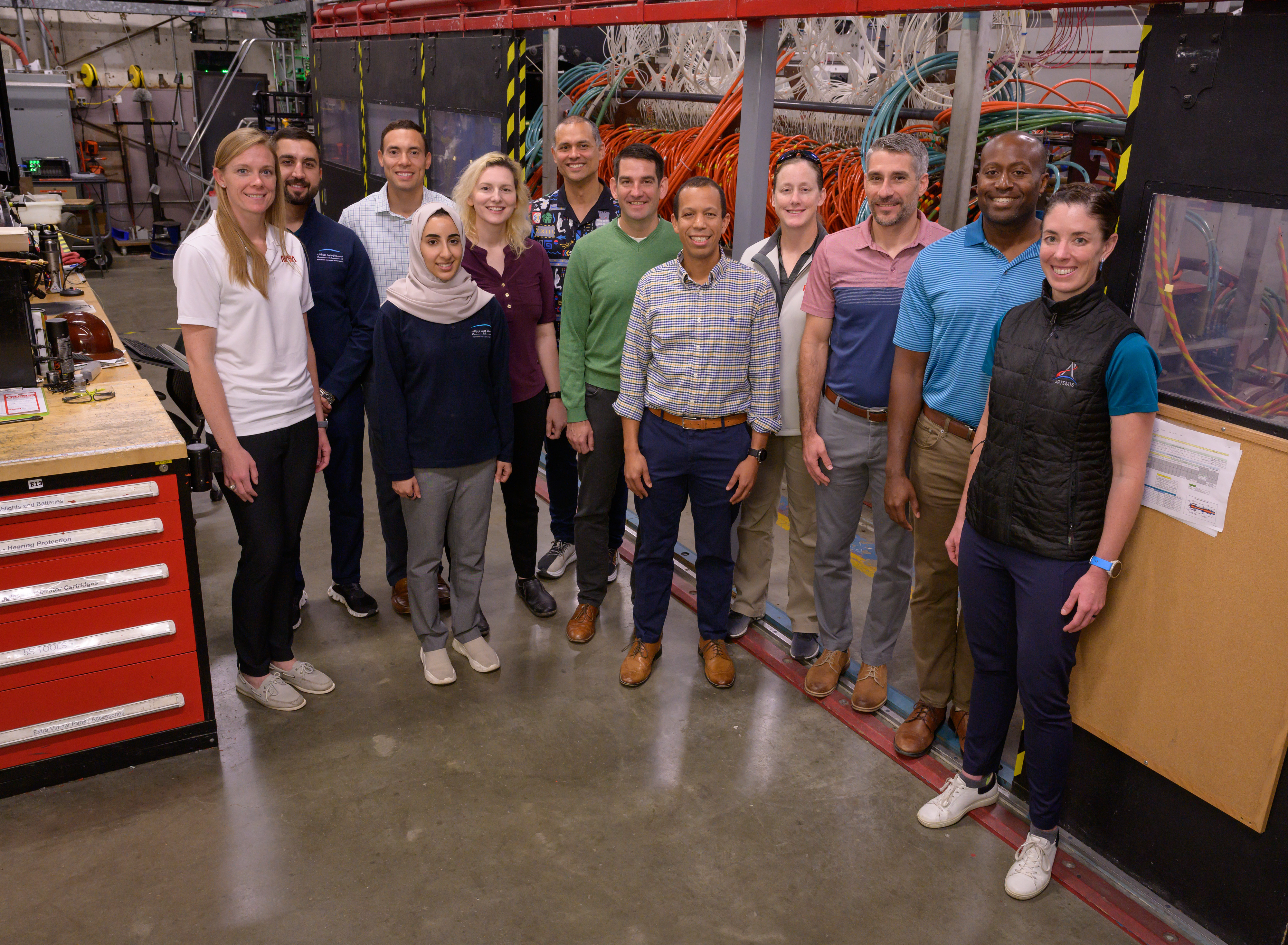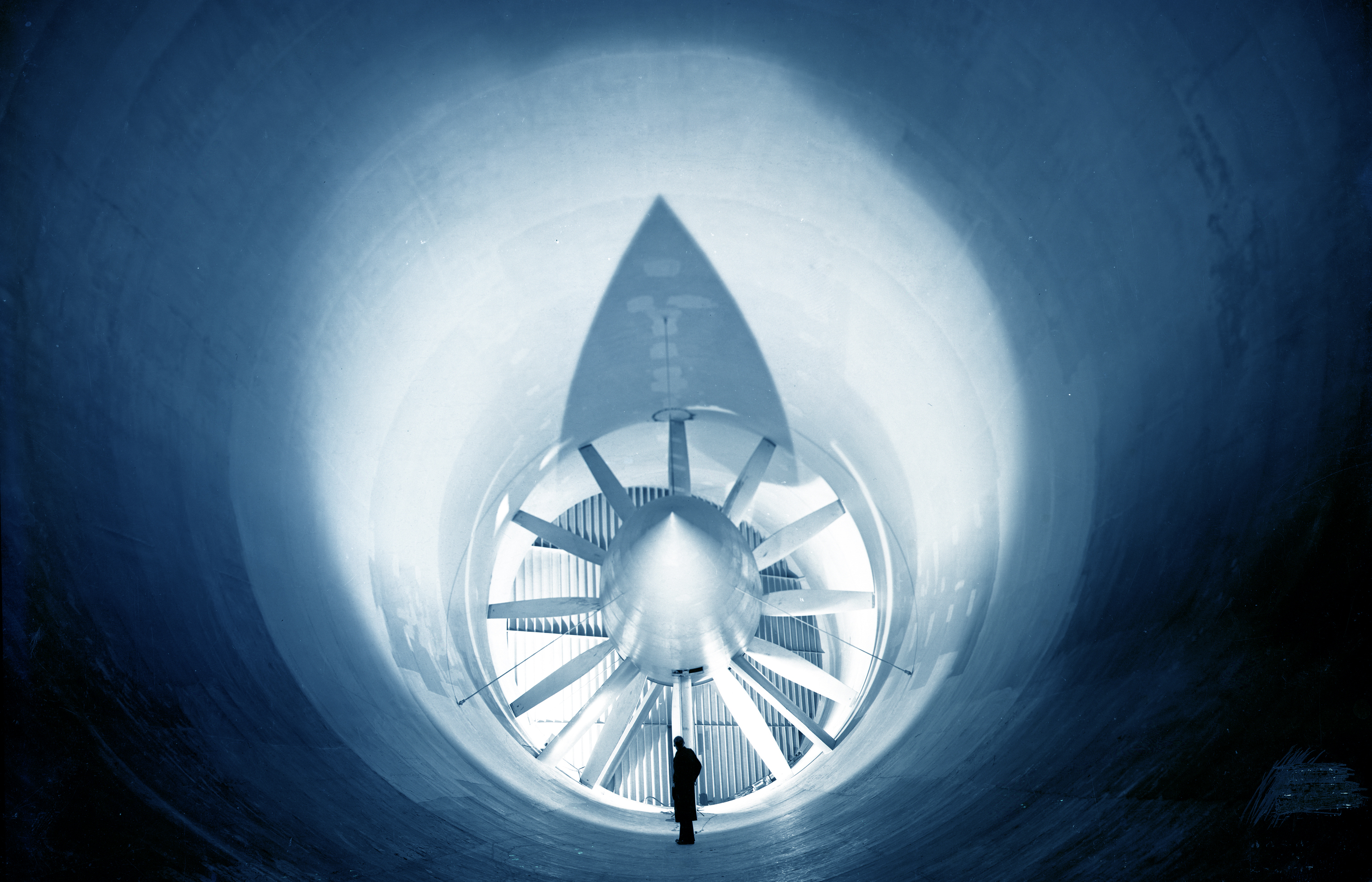Space Force briefing on military space race catches Jeff Bezos’ attention
U.S. Space Systems Command officials earlier this month gave an unclassified briefing to Blue Origin founder Jeff Bezos on the power competition taking place in the space domain. The post Space Force briefing on military space race catches Jeff Bezos’ attention appeared first on

WASHINGTON — U.S. Space Systems Command officials earlier this month gave an unclassified briefing to Blue Origin founder Jeff Bezos on the power competition taking place in the space domain.
Executives from the space company Blue Origin heard the briefing in September at a Space Systems Command industry meeting in Los Angeles. “The Blue Origin team was so impressed that they requested that SSC brief Jeff Bezos,” Col. Joseph Roth, the command’s director of innovation and prototyping, said Oct. 19 at the Space Industry Days conference hosted by AFCEA Los Angeles.
The briefing was conducted by SMSgt. Ron Lerch, senior enlisted leader of Space Systems Command’s intelligence directorate.
Speaking at the Space Industry Days event, Lerch said it is remarkable how much information can be obtained from open sources. A lot of people “roll their eyes” when you tell them the briefing is unclassified because they assume there’s little value in it, he said, but after hearing it they are surprised by the substance of the information.
Some highlights from Lerch’s talk:
Counter-space weapons are here today. Russia has openly talked about fixed-site and mobile laser systems that it could use to target foreign optical imaging satellites flying over Russian territory. “If they wanted to blind overhead satellites that rely on electro optical cameras, they’d be able to use these mobile systems to sort of blind our assets,” said Lerch.
“When we look at today’s threat, we have to respect the fact that yes, the Chinese and the Russians can potentially blind our satellites. But as we move towards the turn of the decade, we should absolutely expect that the technology is going to get to a point where they could probably start looking at creating actual structural damage to some of our satellites, depending on what orbit it’s operating in.”
A recent example of Chinese orbital capabilities is the Shijian-21 satellite that docked with a defunct Beidou spacecraft and tugged it to a graveyard orbit 300 kilometers above geostationary Earth orbit (GEO). China said this was a demonstration of debris removal, not of a space weapon. “The problem is when you start to look holistically at a lot of what the Chinese are doing in space, that’s where you start really getting worried about these robotic mechanisms that they’re utilizing,” said Lerch.
China becoming more active in GEO. “There is an absolute cat and mouse game that’s happening up in GEO right now,” he said. A recent example is China’s Shiyan 12 01 and Shiyan 12 02 spacecraft that Lerch characterized as “inspector satellites.” For a period of time, anytime that GSSAP (the U.S. Geosynchronous Space Situational Awareness Program) satellites seemingly was getting close to the satellites, you would see them just disperse.”
The takeaway is that “when you start taking a look at the actions that they’re conducting, it’s tactics development, it’s rendezvous proximity operations, they’re starting to show that they’re also working on a lot of these … to be able to do maneuvering to potentially defeat an adversary.”
“We have to expect that by the turn of the decade, the technology will likely get to a point where they’re going to hold satellites in higher orbits, not just in LEO, at risk.”
The U.S. most exquisite satellites will be in danger. As China becomes more involved in space, putting up more satellites, they’re building an inventory only second to the U.S. For that reason they are unlikely to use kinetic weapons to damage satellites and create debris. Lerch said the concern is that the jammers that are now used on the ground will move to space, putting at risk critical U.S. satellites like the Advanced Extremely High Frequency used for classified communications that the Pentagon built precisely to resist jamming.
“The safety blanket that the U.S. has right now is AEHF,” said Lerch. “That’s sort of the untouchable frequency band and capability that we have … Now we have to accept the fact that by the 2030s, that safety net probably won’t be there.” If the Chinese can jam satellites from the ground, “they’re certainly going to explore some of the things that they’re doing on orbit to bring some of those capabilities closer to our regimes.”
Cyberattacks will be the first salvo fired. Lerch noted that cyber warfare is the most difficult topic to discuss in an unclassified forum “because so much of the attribution is what makes it classified.” He recalled that in 1999 the U.S. for the first time publicly acknowledged that the Chinese conducted a cyberattack against U.S. government websites in retaliation to NATO’s accidental bombing of the Chinese Embassy in Belgrade.
“That was more than two decades ago,” said Lerch. “So you have to believe that the capability has evolved significantly since then.”





































